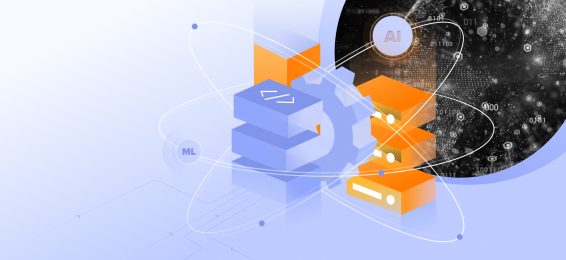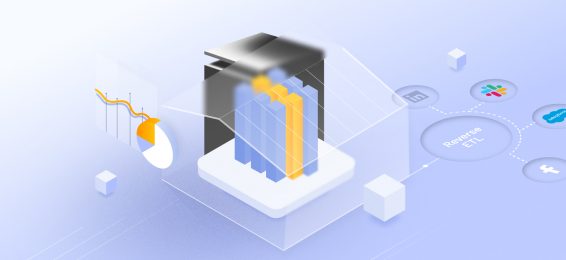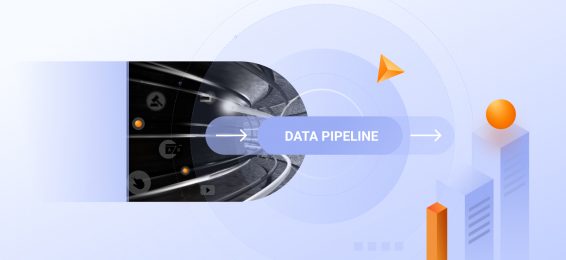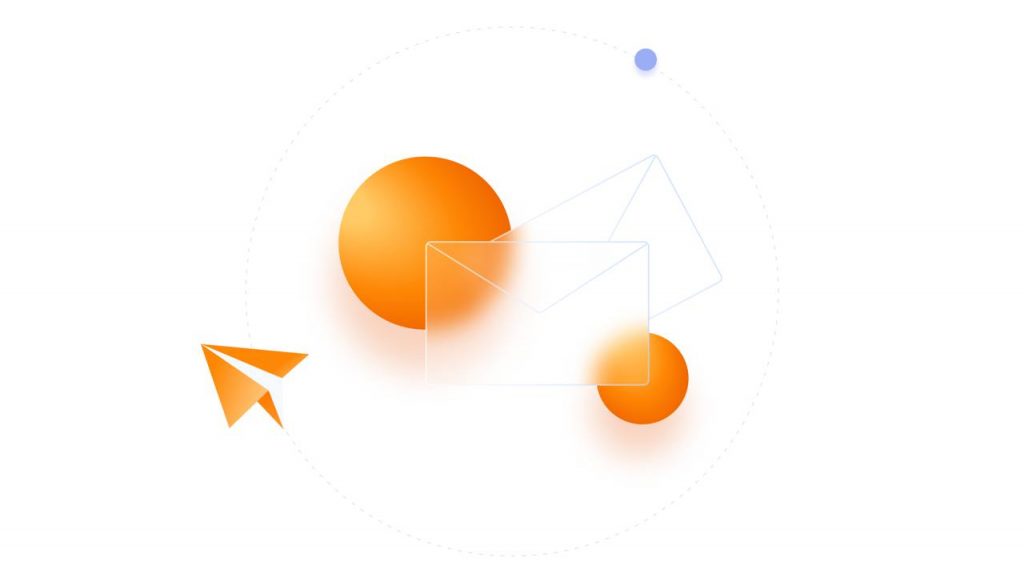When should you use batch data processing?
Companies typically use batch processing software to elaborate large data volumes in the following cases.
- The data is not used for real-time decision-making.
- The system is designed to process large data volumes (e.g., transaction logs).
- There are periods when the system is idle (i.e., it ingests no incoming data).
- The data is used for repetitive tasks that do not require human supervision.
Batch vs stream processing
It is easier to understand the key features of batch processing by examining it side by side with a commonly used alternative, stream processing.
[wptb id=8163]
How does batch processing work?
Batch processing typically comprises four stages.
- Data gathering process: collecting data input over an extended period of time.
- Data loading: collected data is stored in a system.
- Processing: the system automatically activates data transformation workflows.
- Data output: the data is shared with teams in a usable format (e.g. a report or a dashboard).
Batch processing use cases
Let’s examine the most common applications of batch processing.
Finance
Financial teams use batch processing for end-of-day transaction processing, fraud surveillance, and risk management.
Healthcare
Batch processing is used in multiple areas of healthcare, from computational chemistry and drug research to genomic sequences and genetic testing. This processing approach allows scientists and clinicians to aggregate large amounts of data that inform research decisions and improve the understanding of biochemical processes.
Advertising and media
Brands and media companies use batch processing to process data (visuals, files, content metadata) to accelerate content and campaign management, scale operations, and automate creative workflows.



